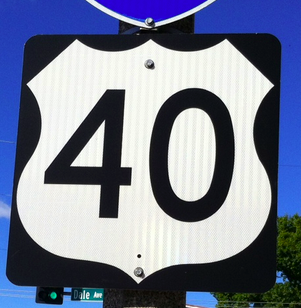Separation anxiety has long been an issue that I have worked with in dogs, but there is a new manifestation of it that has been high up on my client call list lately.
And interestingly enough, it is not just dogs that are suffering with it now.
I am seeing it an many different types of pets, even had it in my 2 Parrots after sharing a room with them for months recovering from hip surgery. Pets have gotten used to us being sequestered due to the COVID-19 virus, but now many of us are returning back to office jobs and long hours away. Fortunately, there are many ways that we can help alleviate our pets’ anxiousness.
Unfortunately, this condition is often the cause of destructive behavior, sometimes very severe. I adopted a retired service dog, who was a 90 lb Pit Bull. He chewed his way through the bathroom wall into the kitchen, destroying the plumbing and a 20 lb bag of cat litter. The lead and asbestos wall and the dust from the cat litter permanently damages his nasal passages, and for the rest of his 19 years he had chronic nasal discharge. He could bend his way out of any wire crate and chew his way out of any plastic crate, so there was no containing him. Dogs frequently injure themselves and loose canine teeth and toe nails trying to escape from crates and dig through doorframes.
Here are some suggestions for helping this condition.
Coming and leaving are very high trigger points for angst. When we arrive home, in dogs especially, we are greeted with (over the top) frantic joy. When we leave, we try to reassure the pets with lots of high-pitched talk. Our well meaning intentions, however, just add high energy to the comings and goings and are misinterpreted by our pets as stress.
Instead, hard though it may be, it is important to keep these activities low-key. A simple pat on the head and low-key “good-bye” is enough. When coming home, completely ignore the frantic behavior (in cats it can be a lot of leg rubbing and vocalizing) until the animal is completely calm. Then you can pet them and talk to them. This may seem quite cruel, and take some discipline, but by interacting with them when they are nuclear, you are inadvertently rewarding and reinforcing the behavior.
You also can do what we call “uncoupling your departure cues”. Take a look at the habitual way that you leave the house. We tend to pick up our coat, pack up our back, perhaps deal with some lighting or alarms, get our car keys out and leave. This is a very predictable precursor to you departure.
Instead, as you are walking about the house, do all of these things all day long but mix them up. Pick up your car keys when you go to the kitchen to make coffee, and leave them there. Find your brief case which you have previously deposited and take it to the living room to watch TV. Put your coat on and walk into the bath room and leave it there. In this manner, you will begin to desensitize your departure routine. Hopefully you will not be like me and be forever looking for where you left your things all over the house!
Sometimes veterinary attention is needed in order to prescribe medication. Many people are hesitant to “put their dog on drugs”, but understand that this is a short-term necessity for a long term solution. Forgiving the overly simplistic explanation, the drugs work to sedate the fear portion of the brain, while leaving the learning portion of the brain un-sedated and open to the assimilation of new information. One of the very first drugs that was begun to be used in veterinary medicine was in fact a drug focused on the problem of separation anxiety.
So if you are suffering with this problem, by all means consult your veterinarian and a behavior consultant. Help is out there – good luck!
